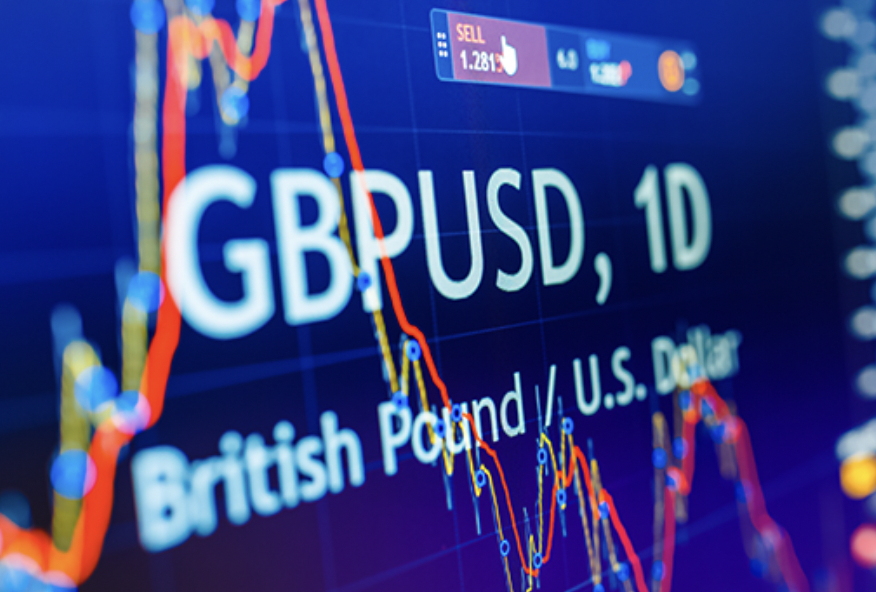GBP/USD Remains Cautious At a Three-Week Low Close To 1.2800 In Advance Of US PCE Inflation Data
GBP/USD languishes at a multi-day low following the greatest decline since March. After U.S. data bolstered the U.S. dollar, the value of the pound plummeted, and UK policymakers criticised the Bank of England's rate rise in the midst of recessionary woes. In the absence of significant hints from the UK, Cable must rely on US catalysts and print inaction amid Asia's cautious disposition. Due to its status as the Fed's preferred inflation gauge, the US Core PCE Price Index for June is intently watched for clear trends.


During Friday's Asian session, GBP/USD fluctuates between 1.2790 and 2800, its lowest level in two weeks, as the market consolidates ahead of the Federal Reserve's (Fed) preferred inflation gauge. It should be noted that the Cable pair declined the most since the beginning of March the day before the upbeat data caused the US Dollar to surge. Concerns confronting Bank of England (BoE) hawks may also impact on the value of the British pound.
Thursday, Bloomberg reported that British Chancellor Jeremy Hunt's advisors oppose the Bank of England's rate rise in light of looming fears of an economic slowdown. The news indicates the advisers' concerns of a recession if the BoE accelerates its path of rate hikes.
On the other hand, the preliminary readings for the US Gross Domestic Product (GDP) Annualised for the second quarter (Q2) increased from 2.0% to 2.4%, compared to the market's prediction of 1.8% growth. In the same vein, US Durable Goods Orders increase by 4.7% in June compared to the expected 1.0% and revised 1.8%. Moreover, Initial Jobless Claims decreased to 221K for the week ending July 21 from 235K the previous week and analysts' expectations of 228K. Notably, US Pending Home Sales for June also improved to 0.3% MoM from -0.5% expected and -2.5% previously (revised). First estimates of the US Q2 Core Personal Consumption Expenditure decrease to 3.8% QoQ from 4.9% previously and 4.0% market expectations, while the GDP Price Index decreases to 2.6% from 4.1% previously and 3.0% expected.
US Dollar Index (DXY) posted its largest daily gain since March 15 the day before, not to mention a stellar rebound from the weekly low, as US statistics reminded Fed conservatives and boosted Treasury bond yields. Notable is the fact that Wall Street benchmarks closed with daily losses of nearly half a percent, whereas the benchmark US 10-year Treasury bond yields posted the largest daily increase in a month to reestablish a three-week high near 4.02%, near 4.00% as of press time.
Despite fears of fresh US-China tension due to the White House's willingness to prevent the Hong Kong leader from attending November's Asia-Pacific Economic Cooperation (APEC) leaders' summit in San Francisco, it should be noted that the market sentiment has remained mildly bullish as of late, boosting the US Dollar bulls as of press time.
GBP/USD may benefit from the retreat of the US Dollar, but it is less likely to regain upside momentum due to concerns about the UK economy and the BoE. The Fed's preferred inflation gauge, namely the Core Personal Consumption Expenditures (PCE) Price Index for June, which is anticipated to be 4.2% YoY compared to 4.6% previously, becomes crucial to monitor today for direction.
Bonus rebate to help investors grow in the trading world!

 English
English














